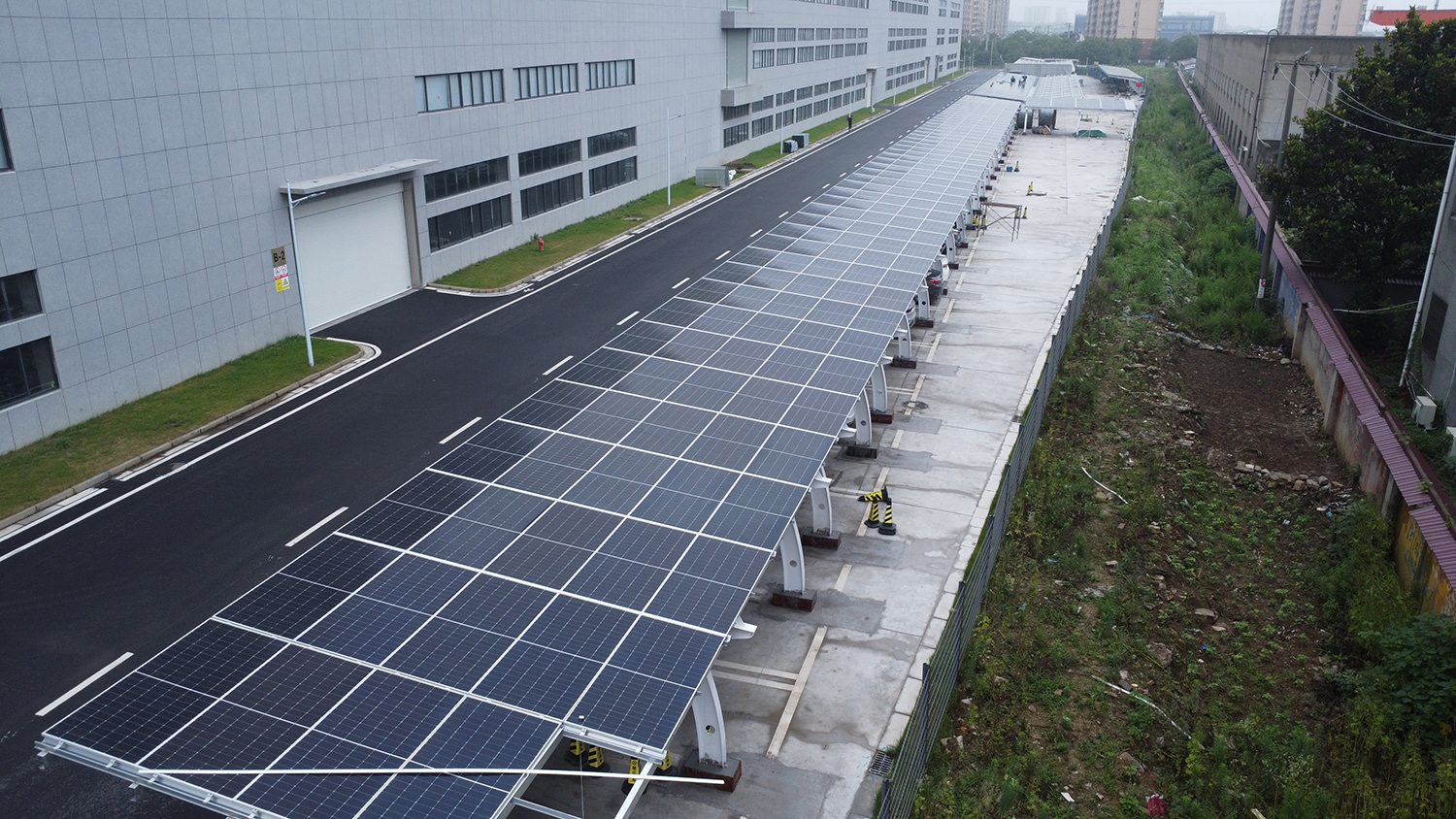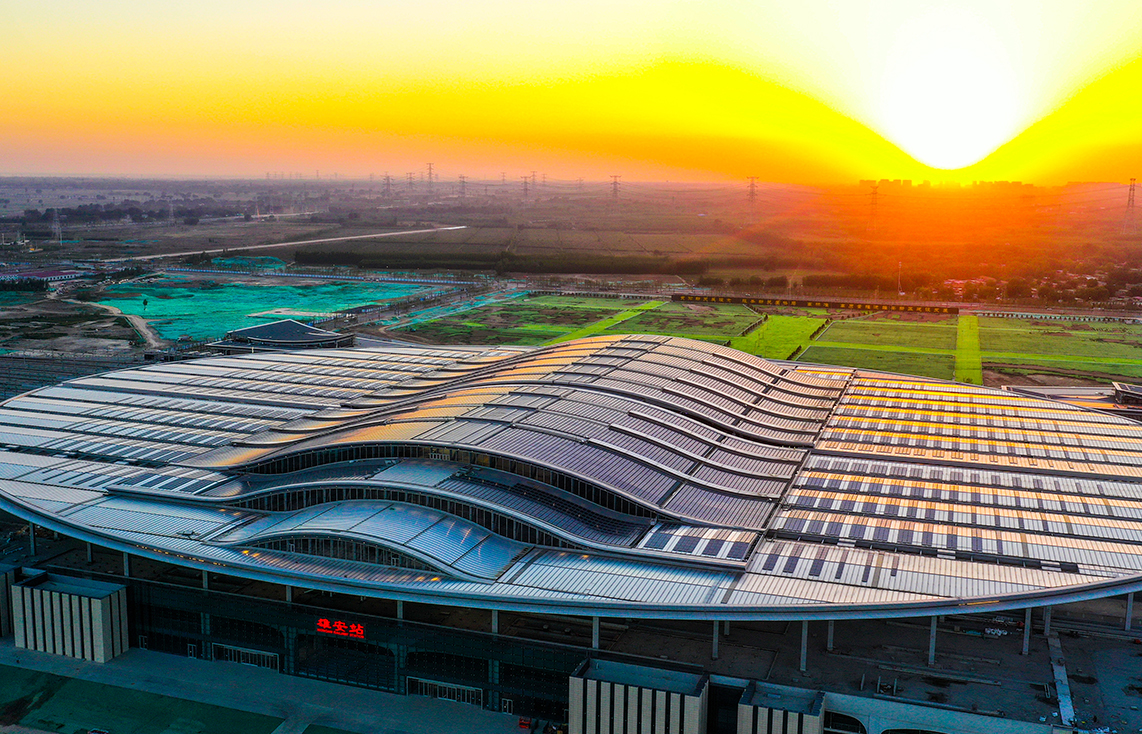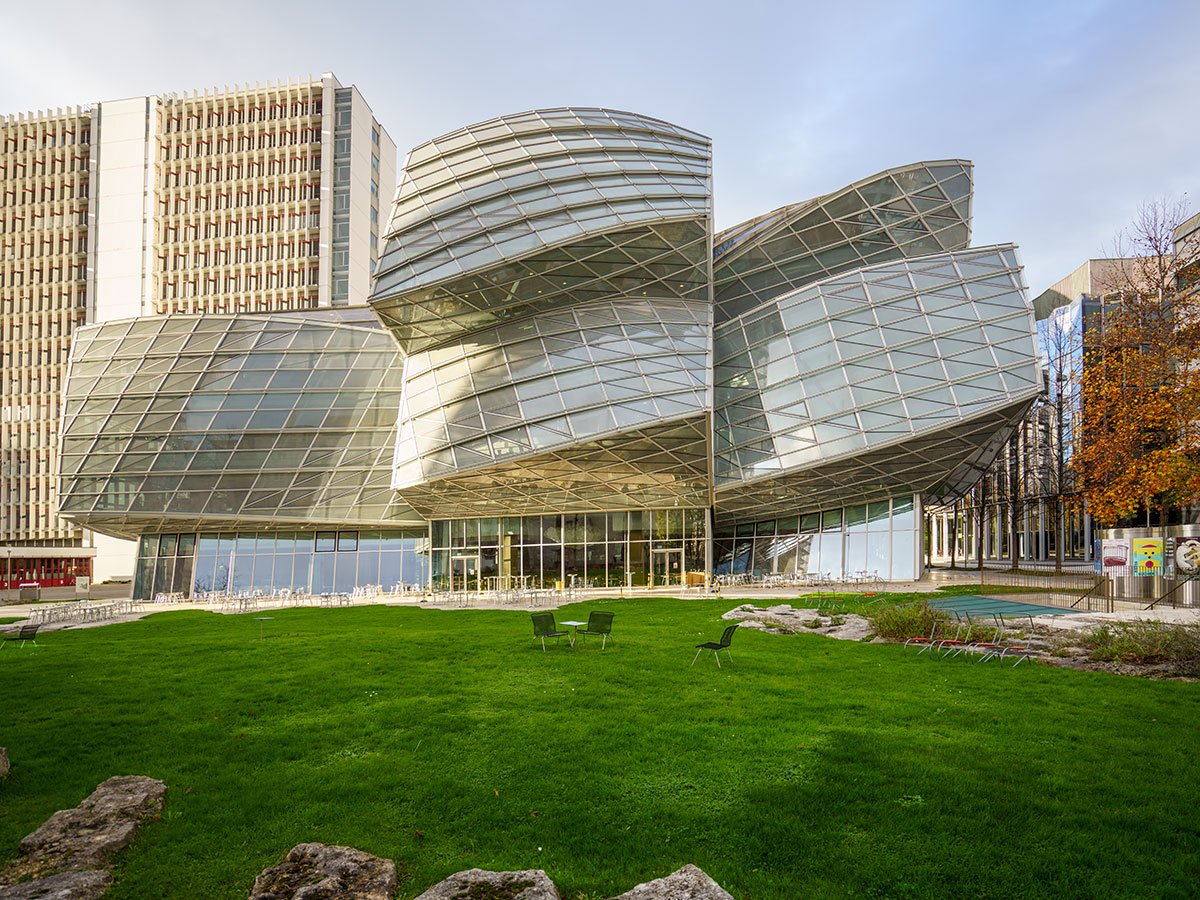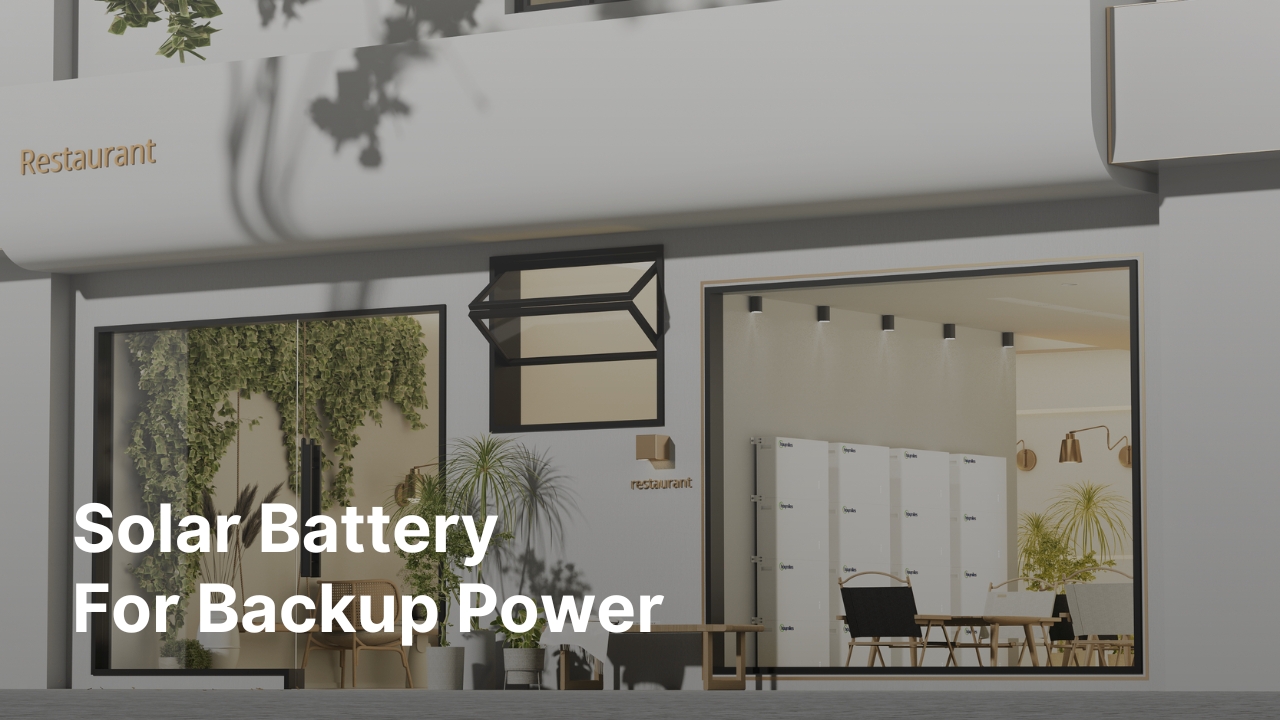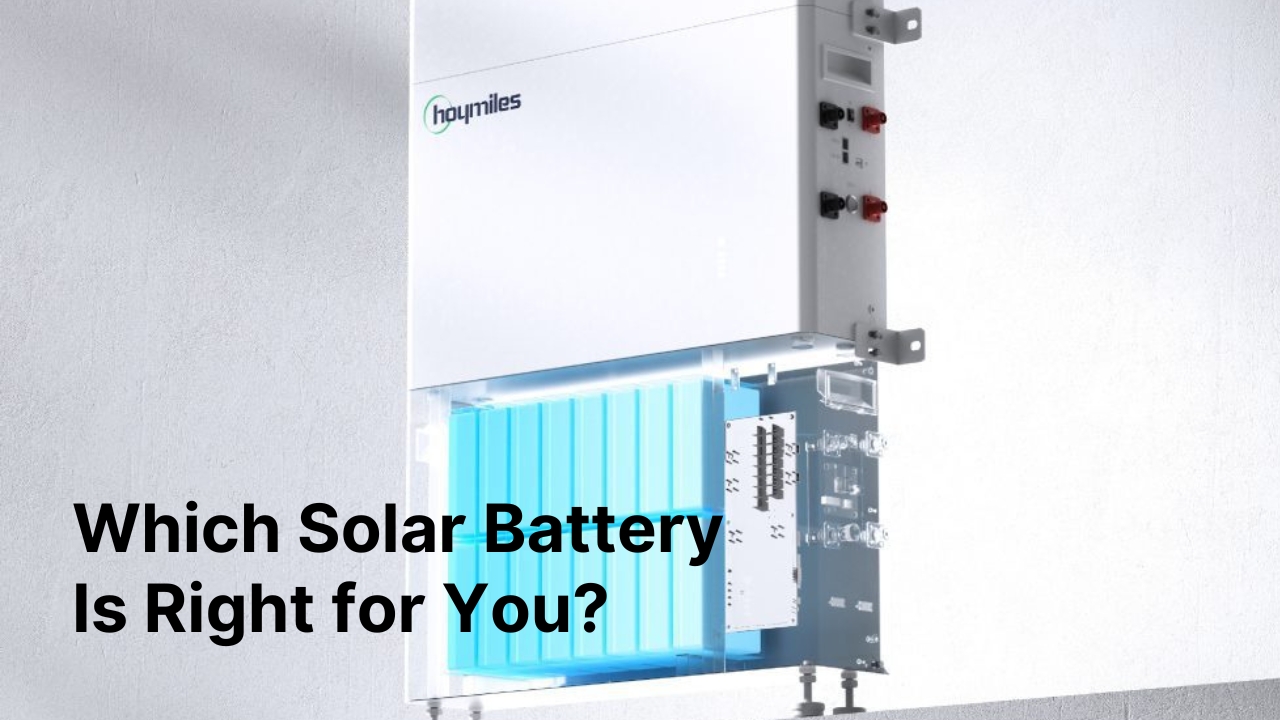Building Integrated Photovoltaics (BIPV) is transforming the way we think about solar energy. Unlike conventional solar panels that are installed on top of buildings, BIPV seamlessly incorporates solar technology into the building structure itself—combining form and function.
In Malaysia, BIPV has seen a surge in interest due to its aesthetic appeal and practical benefits. Think of solar-powered walkways, stylish glass facades, awnings, or skylights that don’t just look sleek—they also generate clean electricity.
What Is Building Integrated Photovoltaics (BIPV)?
BIPV refers to photovoltaic materials integrated into the building envelope—such as roofs, facades, windows, and even shading structures. These components replace traditional building materials, serving as part of the architecture and as a source of renewable energy.
Current BIPV products include:
- Solar glass windows and skylights
- Walkable PV surfaces
- PV awnings and canopies
- PV shingles and wall panels
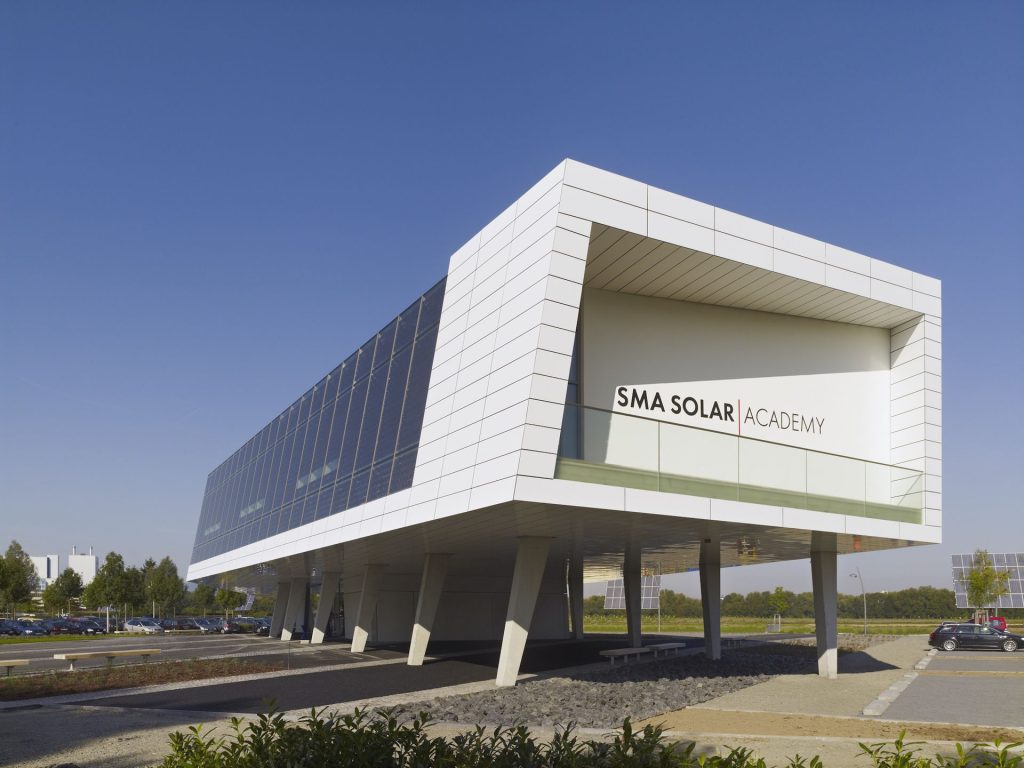
The Günther Cramer Solar Academy by SMA Solar Technology AG, completed in 2010, is a climate-neutral, energy self-sufficient building that showcases the viability of building-integrated photovoltaics (BIPV) in window surfaces. Featuring solar wafers embedded in its glazed southern façade and roof, the system generates 90 kW of peak solar power—covering over half its energy needs. Beyond performance, the wafers create a striking shadow play that aids in passive cooling. As one of the world’s first off-grid buildings, the Academy earned the German Solar Prize in 2013 for its pioneering solar architecture.
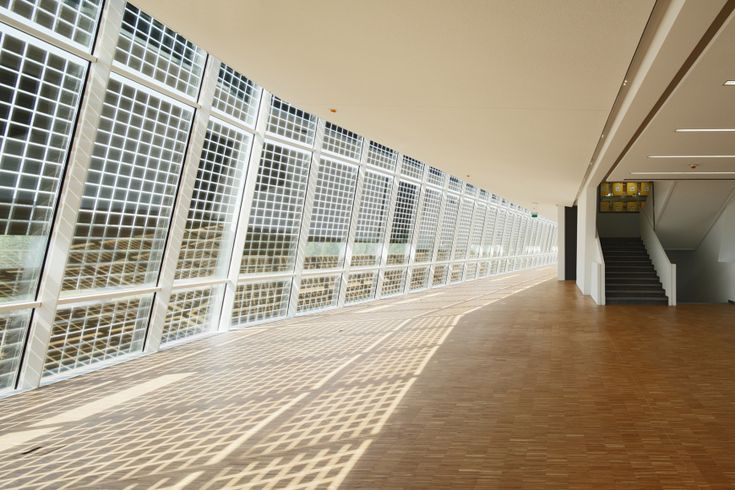
Why BIPV Is a Smart Investment?
1. Dual Functionality
BIPV systems do more than generate electricity—they also serve a physical purpose. For example, integrating solar panels into a car park roof not only saves on roofing materials but also turns a passive structure into a clean energy asset.
2. Sleek and Modern Design
Traditional rooftop panels often clash with architectural aesthetics. BIPV solves this by integrating solar tech into the building’s design, enhancing the structure’s visual appeal. Clean lines, transparent panels, and symmetry—all while producing power.
3. Cost Efficiency Over Time
While the upfront cost of BIPV may be higher, it can reduce or replace the cost of certain building materials. It also contributes to long-term savings by lowering electricity bills and potentially reducing HVAC loads through passive cooling and shading.
4. Positive ROI
Studies have shown that BIPV offers a positive return on investment. Even installations on less-than-ideal orientations (like north-facing facades) can still be economically viable thanks to modern panel efficiency and improved technology.
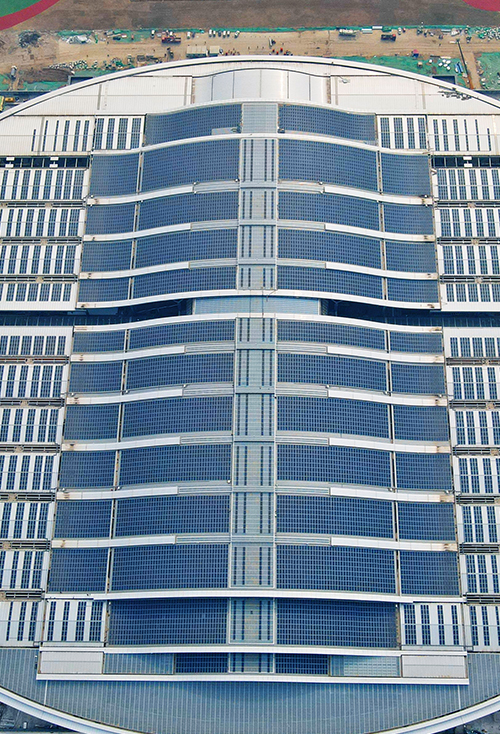
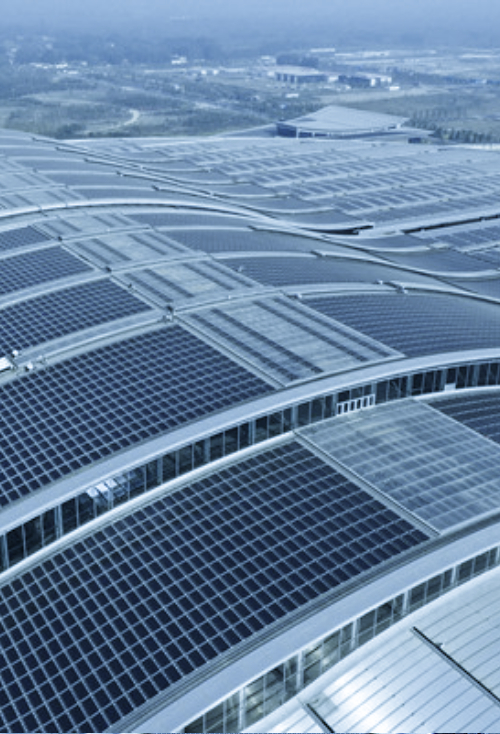
This Building Integrated Photovoltaics (BIPV) curtain wall at the Xiong’an High-Speed Rail Station features a 6 MW solar system spanning 42,000 ㎡. The roof integrates high-power modules with original blue panels in a ripple and ellipse pattern, creating a gradient blue effect that blends seamlessly with the architecture. Designed with sustainability in mind, the system generates clean energy for on-site use, aligning with the station’s green design vision.
Design Flexibility
BIPV can be customized for a wide range of architectural uses:
- Facades: Replace or complement conventional glass to create a solar-active outer wall.
- Awnings & Canopies: Offer stylish shade while harvesting energy.
- Roofing Systems: Replace metal sheets, shingles, or tiles with solar-integrated materials.
- Skylights: Filter natural light and generate power with semi-transparent panels.
The Novartis Campus in Basel, Switzerland, showcases the design flexibility of BIPV with 1,300 m² of dual-glass PV skylights and perforated PV window modules, generating 92 kWp of clean energy.
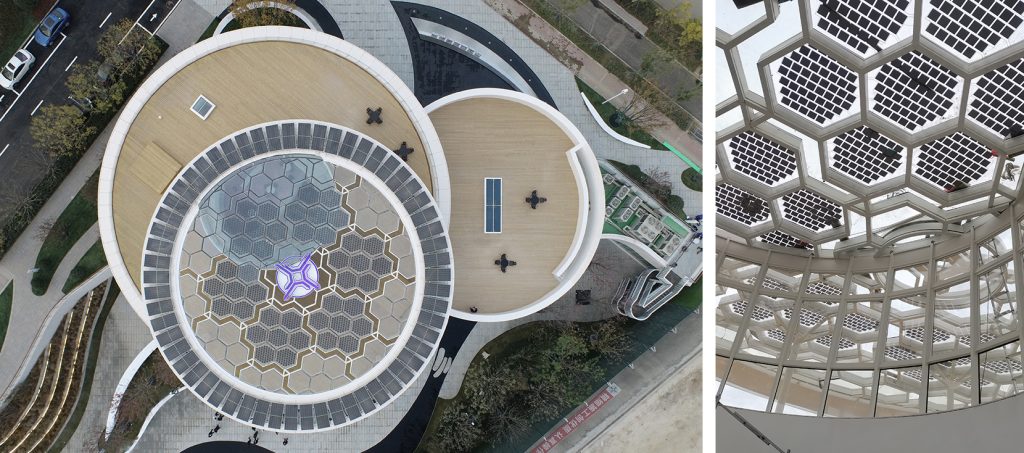
The BIPV curtain wall at CCCC Future Science and Technology City features 36.7 kW of customized hexagonal glass modules over 280 ㎡. Designed for seamless wiring and light transmission, it generates 29,500 kWh annually—cutting CO₂ emissions by around 29.4 tons. The building runs on a DC power system managed by a smart energy platform for real-time monitoring and optimized energy savings.
Ideal for Carparks, Walkways, and More
One of the most popular applications in Malaysia is solar-integrated carparks and walkways. These structures often go underutilized—but with BIPV, they become revenue-generating assets. It’s an excellent solution for businesses that lack sufficient rooftop space for conventional solar systems.
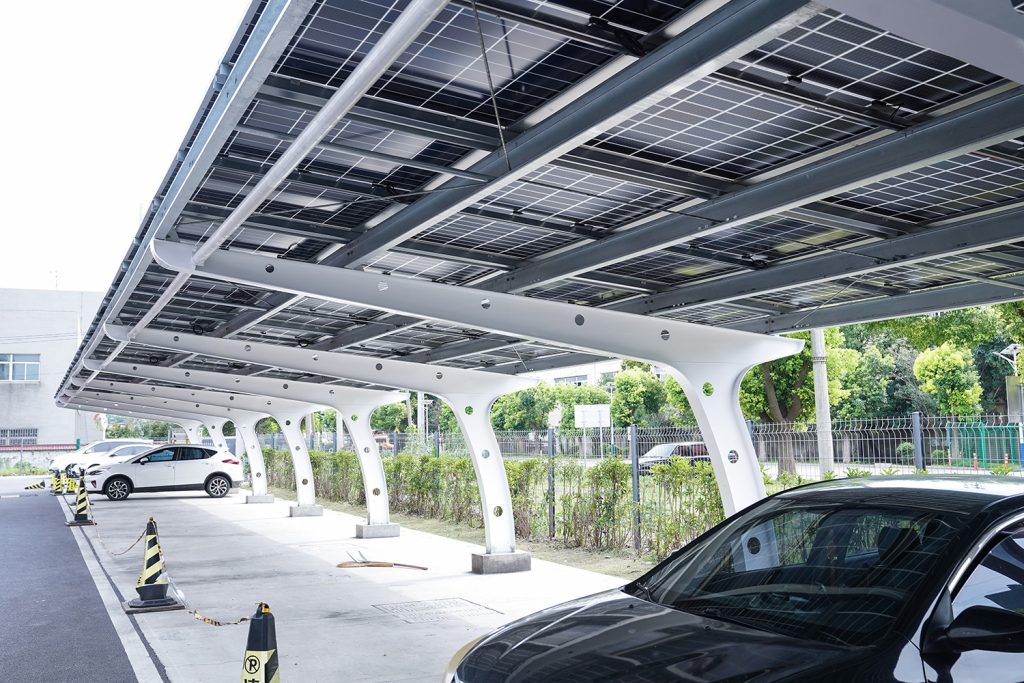
Ready to Power Up with Solar?
BIPV is more than just a solar upgrade—it’s a smart design choice for developers, property owners, and businesses looking to combine sustainability with modern architecture. It helps you save on materials, generate clean energy, and improve building aesthetics—all in one package.
Interested in BIPV for your property?
Contact Solartech today and let us help you bring solar into your design.

